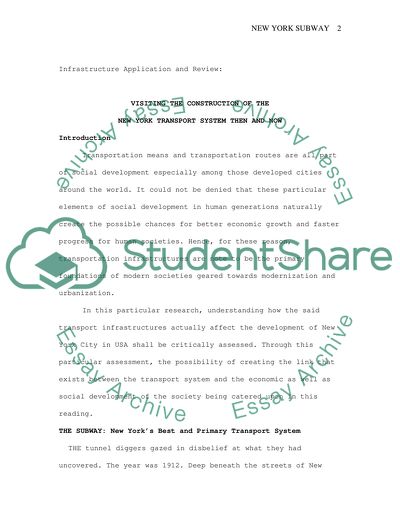Cite this document
(“New York Transport System Case Study Example | Topics and Well Written Essays - 2500 words”, n.d.)
Retrieved from https://studentshare.org/technology/1510152-new-york-transport-system
Retrieved from https://studentshare.org/technology/1510152-new-york-transport-system
(New York Transport System Case Study Example | Topics and Well Written Essays - 2500 Words)
https://studentshare.org/technology/1510152-new-york-transport-system.
https://studentshare.org/technology/1510152-new-york-transport-system.
“New York Transport System Case Study Example | Topics and Well Written Essays - 2500 Words”, n.d. https://studentshare.org/technology/1510152-new-york-transport-system.


